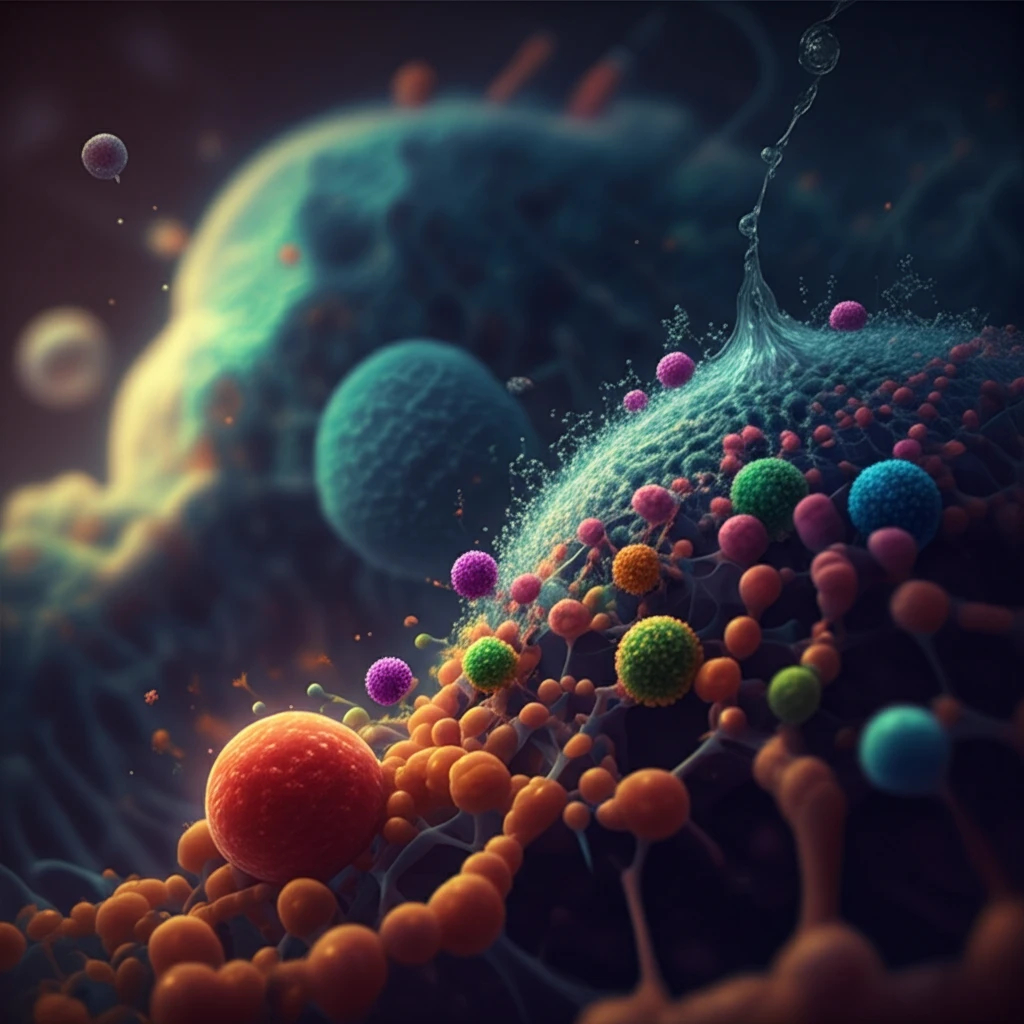
The Science Behind Cleaner Water: How Advanced Hydrogels are Revolutionizing Pollution Removal
"Explore the innovative use of composite hydrogels in adsorbing pollutants like phenol from water, offering a promising solution for environmental conservation."
Water pollution caused by organic pollutants, such as phenolic compounds, poses a significant threat to global environmental health. These pollutants, released by industries like pharmaceuticals, petroleum, and plastics, contaminate both surface and groundwater, leading to adverse effects on ecosystems and human health. The U.S. Environmental Protection Agency (EPA) lists phenolic compounds as priority pollutants, highlighting the urgent need for effective wastewater treatment solutions.
Traditional methods of pollutant removal, including chemical oxidation, photochemical catalysis, and biological degradation, have been employed with varying degrees of success. However, adsorption is emerging as a particularly promising technique due to its efficiency and versatility in dealing with diverse pollutants. Polymeric hydrogels with tailored functional groups have garnered significant attention as effective adsorbents for organic pollutants, offering a sustainable and cost-effective approach to water purification.
Among the various polymers used in hydrogel preparation, natural polymers like polysaccharides stand out due to their non-toxicity, low cost, biodegradability, and wide availability. However, hydrogels are prone to swelling under specific conditions, which can compromise their mechanical properties. To overcome this limitation, researchers have been exploring novel network structures, such as double networks and nanocomposites, to enhance the mechanical strength and overall performance of hydrogels.
Decoding the Science: How Do These Hydrogels Work to Remove Pollutants?

Recent research has focused on developing double network composite hydrogels (DNCHs) that combine the unique characteristics of both double network hydrogels and nanocomposite hydrogels. These DNCHs are created by integrating crosslinked hydroxypropyl cellulose (HPC) with graphene oxide (GO). First, a single network composite hydrogel (SNCH) is formed through the crosslinking of HPC and GO using epichlorohydrin. Subsequently, the SNCH is treated with a polyethyleneimine (PEI) solution to create the DNCH. This innovative approach results in a material with enhanced adsorption capabilities due to its larger surface area and increased number of functional groups.
- Electrostatic Interactions: Attractive forces between oppositely charged molecules.
- Hydrogen Bonding: Interactions between hydrogen atoms and highly electronegative atoms like oxygen and nitrogen.
- π-π Interactions: Attractive forces between aromatic rings in the hydrogel and pollutant molecules.
The Future of Water Purification: A Sustainable Solution
The development of single and double network composite hydrogels represents a significant advancement in water purification technology. These materials offer an efficient, reusable, and environmentally friendly solution for removing pollutants from water sources. As research continues, these hydrogels hold immense potential for addressing water pollution challenges and ensuring access to clean and safe water for communities worldwide. Further exploration and refinement of these technologies will pave the way for a more sustainable and healthy future.
